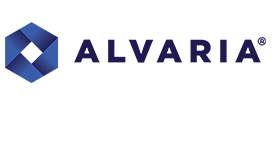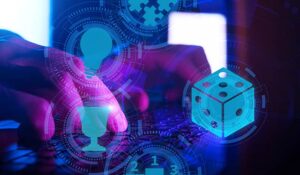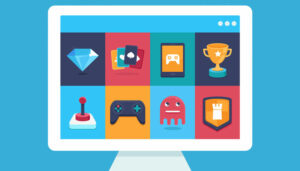Brett Brosseau at Alvaria explains how gamification releases chemical transmitters that improve employee engagement and performance.
Employee engagement has never been a higher business priority—especially for contact centers. The necessity to quickly move from a primarily on-premises to remote workforce due to COVID-19 caught many companies off-guard.
The good news is that most have successfully gotten their employees up and running remotely. But this new work-from-anywhere (WFA) workforce has amplified existing employee demands, challenging businesses to accelerate their response to meet them.
Some employee engagement challenges include:
- Collaboration – working and communicating as a team is more difficult when employees are not all together in one place
- Performance and evaluation – managing activities for remote workers takes more effort
- Isolation – combatting loneliness when employees are working alone can be a struggle
- Recognition – finding the best way to recognize employees for achieving milestone goals and sustaining new behaviors
- Reward – identifying what behaviors and goals should be rewarded and what types of rewards should be used
- Coaching and training – learning how to mentor employees and help them achieve mastery via online tools versus in-person sessions
What can companies do to address these challenges to improve employee motivation and engagement? For many, the answer is to deploy a unified employee engagement solution.
Why Use Gamification?
Gamification helps employers bring a healthy transformation to their workforce by simply adding gamified features to day-to-day activities that grab attention and encourage employees to do their best work.
While leveraging game mechanics, organizations can turn coaching and learning into sustainable desired behaviors.
It also brings employees together through features including friendly competitions, collaboration, and recognition from wherever they are – in a physical office, in a virtual office, or even at a vacation spot. This is extremely important, especially given how distanced workforces are today.
In addition, gamification is scientifically proven to be effective. Game mechanics and game play stimulate the release of four neurotransmitters – dopamine, serotonin, endorphins and oxytocin. Each one, alone, has a positive effect on employee performance.
When they are all firing at the same time, they reinforce positive behavior and regulate one’s ability to learn. They also create a sense of autonomy and competence, and induce feelings of belonging and connection.
Let’s look at the science behind gamification and how it can help accelerate your response to the challenges of employee experience.
Extrinsic and Intrinsic Motivators Are at Play With Gamification
Humans are naturally motivated by external (extrinsic) recognition and reward. According to Maslow’s hierarchy of needs, external motivators satisfy employees’ most basic needs. His theory cites those basic needs must be met before the need for relatedness, autonomy and competency can be addressed.
Moving up this hierarchy requires intrinsic (internal) motivation to lead employees to mastery and growth.
When Neurotransmitters Fire, Motivation and Active Engagement Are Achieved
Gamification leverages both extrinsic and intrinsic motivators to satisfy the transactional and emotional needs of employees. It also produces the full spectrum of natural chemicals that are released through each game.
When multiple transmitters are in play, behavior improvements stick and become the new normal. Motivation is sustained, and employees are happier and actively engaged. A more engaged workforce leads to better customer experience and improved overall organizational performance.
Gamification Brings the Employee Experience to Life
In today’s environment, addressing the changing needs of employees is paramount. Gamification can help companies motivate and engage employees from anywhere.
It automates new hire and ongoing employee training and frees up supervisors’ time to provide coaching backed by non-biased performance data.
Other benefits of gamification include:
- Motivating employees to change behavior to better align with corporate, group and individual goals
- Attracting new employees (including GenZers) and training them quickly
- Providing on-going right-fit training and coaching to existing employees
- Improving quality of life and decreasing stress levels
- Reducing employee attrition
This blog post has been re-published by kind permission of Alvaria – View the Original Article
For more information about Alvaria - visit the Alvaria Website
Call Centre Helper is not responsible for the content of these guest blog posts. The opinions expressed in this article are those of the author, and do not necessarily reflect those of Call Centre Helper.
Author: Alvaria
Published On: 7th Dec 2021
Read more about - Guest Blogs, Alvaria






 Alvaria was founded through the merger of Aspect Software and Noble Systems, technology leaders in Customer Experience (CX) and Workforce Engagement solutions
Alvaria was founded through the merger of Aspect Software and Noble Systems, technology leaders in Customer Experience (CX) and Workforce Engagement solutions 








